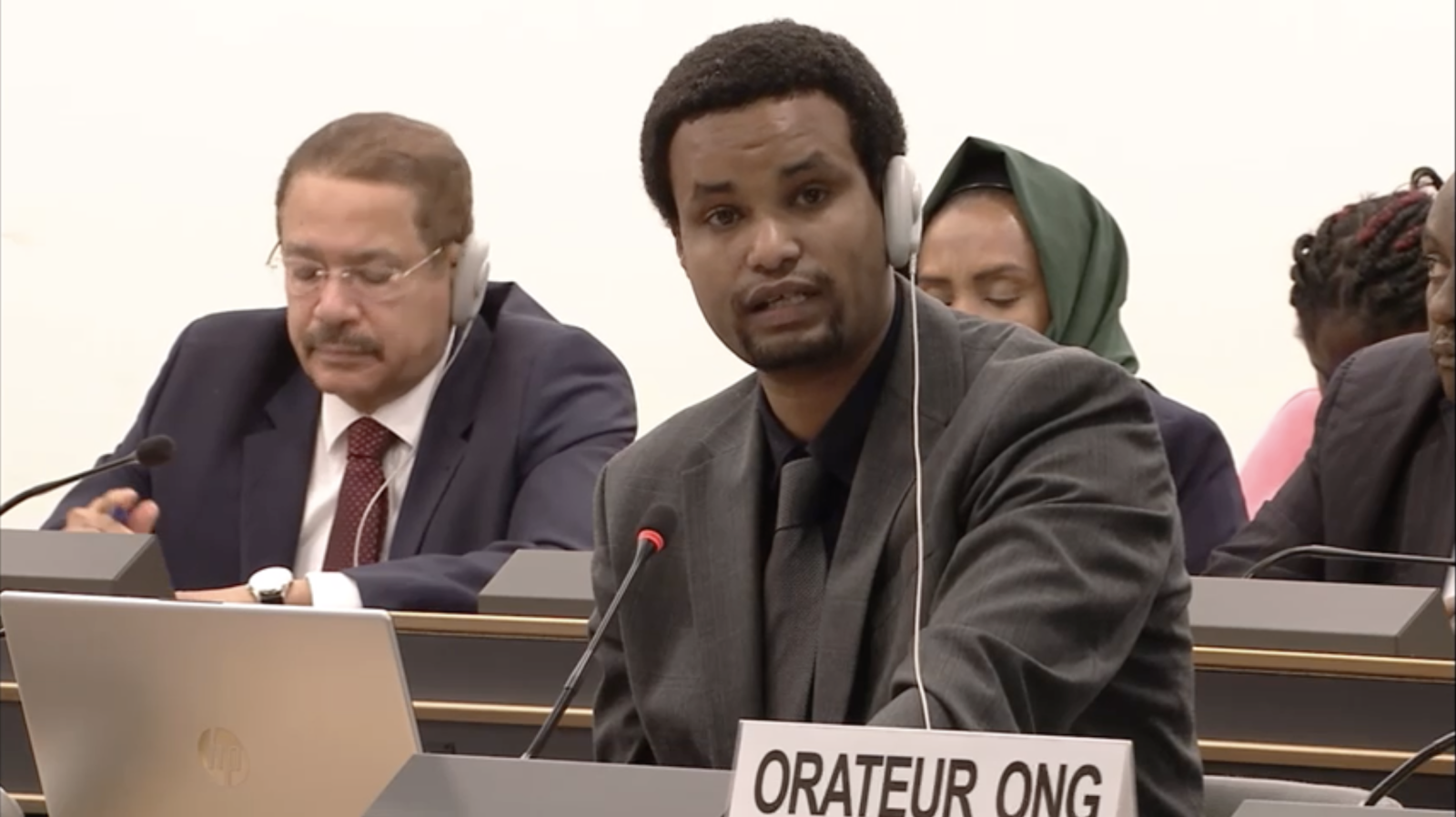Panel discussion on climate change and the rights of the child
Thank you Mr. Vice-president,
This is a joint statement with International Organisation for the Elimination of All Forms of Racial Discrimination (EAFORD) and the Geneva International Centre for Justice (GICJ).
We thank the panellists for their presentations and especially for integrating a human rights-based approach to climate change,
Climate change is directly and indirectly linked to all human rights issues. The rights of the child and climate change are intrinsically related in a myriad of ways, most notably, physical and mental health of children, their development, exposure to disease, housing and education among others.
Agricultural based communities rely heavily dependent on predictable and stable weather patterns. Constant droughts abate traditional farmers’ and indigenous communities’ access to grazing lands and clean water. In Kenya, rising average temperatures and unpredictable rain patterns accelerates desertification making shelter and nutritious food sparse for children. As well, in Bangladesh, groundwater depletion, exacerbated by climate change, unfavourably reduces food production and nutrition for children. Water availability and quality will also be adversely affected.
Furthermore, this phenomenon adds to the loss of livestock and cattle, a main source of income for pastoral and agricultural livelihoods; hence, families and communities are unable to generate capital to sustain their children in terms of food, schooling, or ensuring their security and access to adequate health care services as per the Convention of the Rights of the Child.
Climate change also adds the dimension of “food stability and systems” in that changes in climate and weather upsets the stability of people’s and government’s food security strategies generating inconsistent and inadequate, availability and utilisation of nutritious food towards children.
We recommend to:
- Address children from agriculturally based communities who are negatively affected by climate change;
- Provide necessary and relevant safe havens and appropriate and accessible education to children on the phenomenon of climate change;
- Provide adequate, regular, and nutritious food to children affected by climate change through community food banks close to affected livelihoods;
- Engage and involve children and young people in the climate change dialogue.
We thank you,








